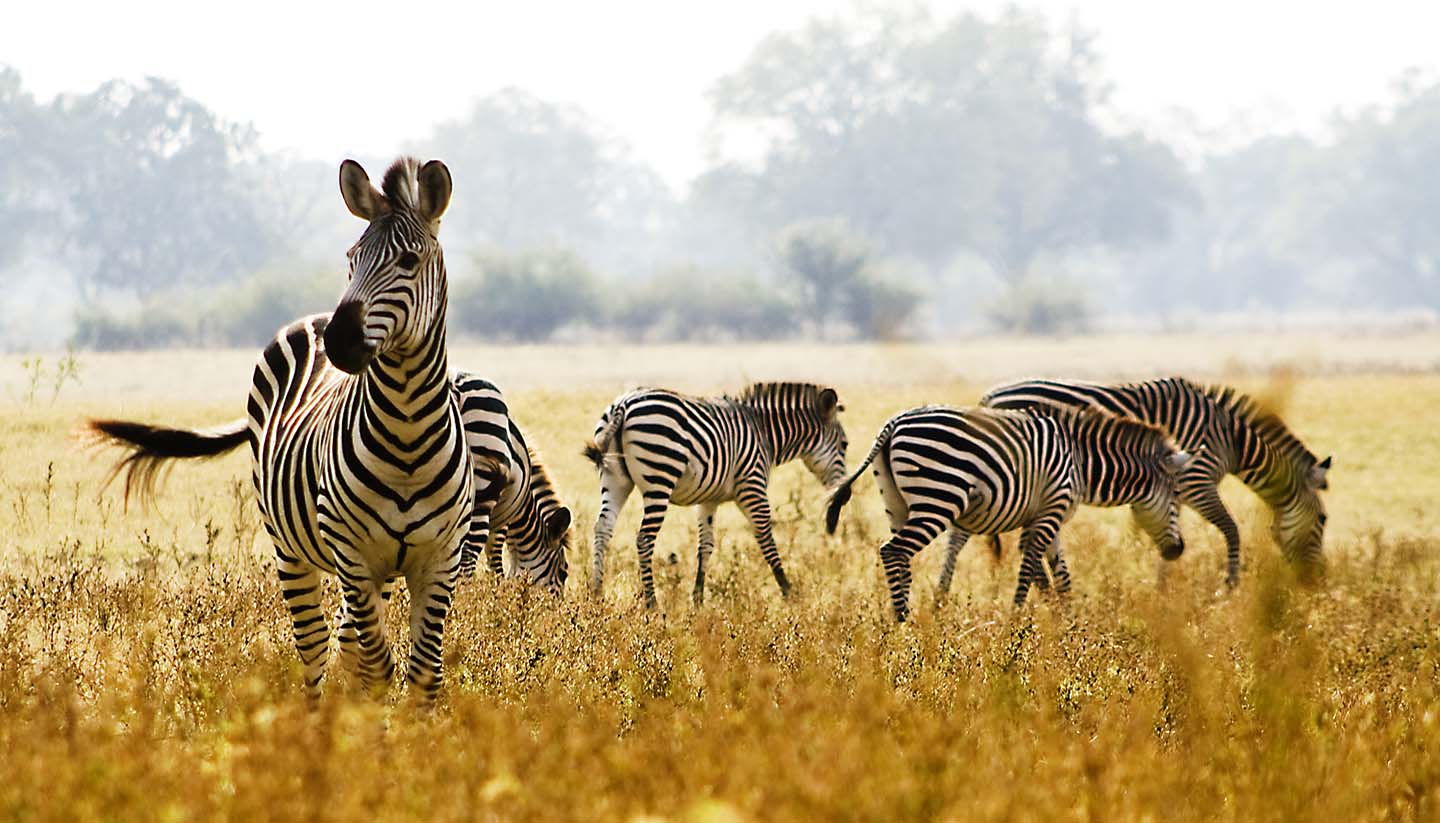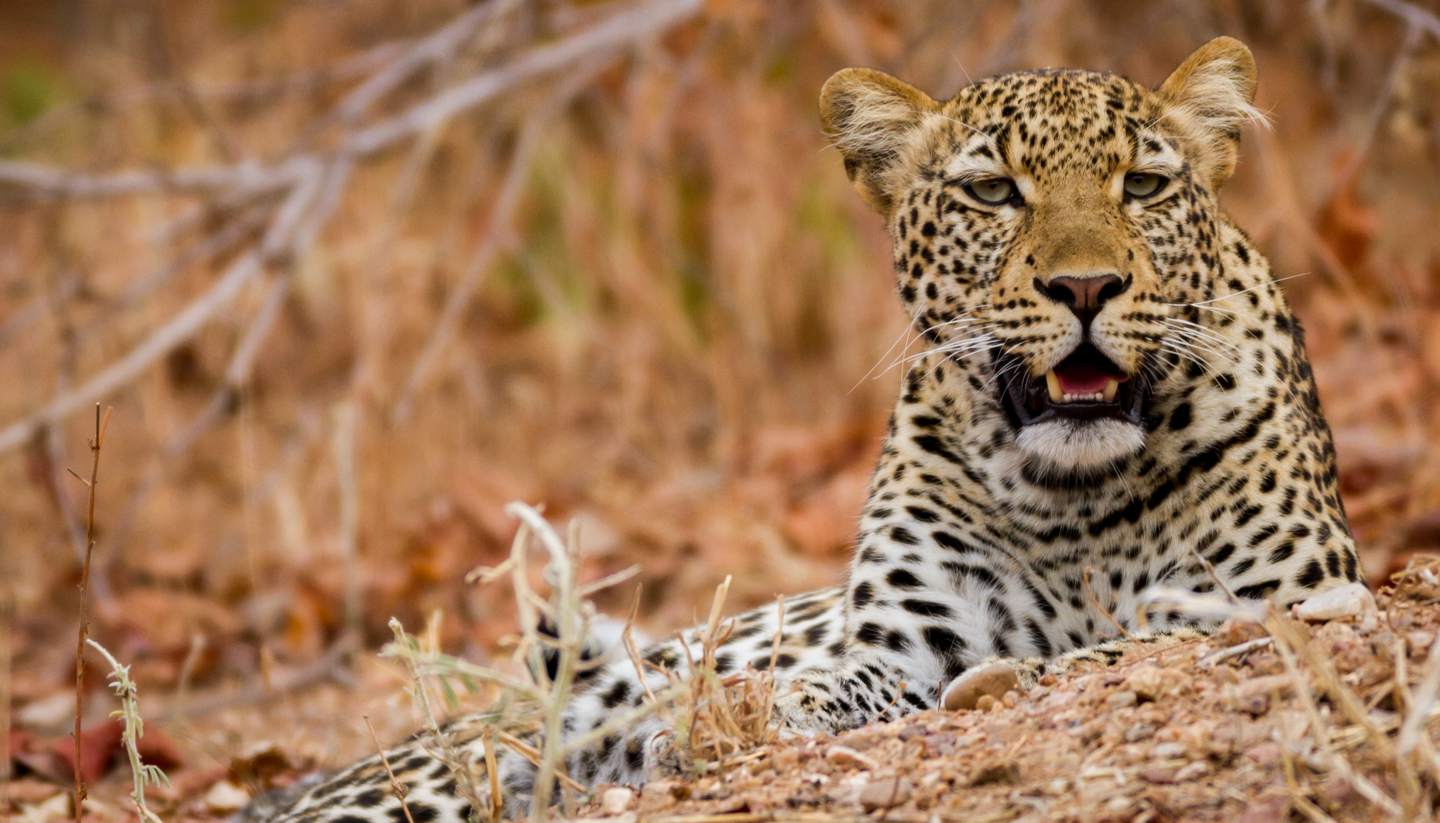Zambia Food and Drink
Zambia isn’t particularly well-known for its cuisine, but the fare you’ll find in luxury lodges and safari camps is generally of an equally high standard to the properties themselves, with interesting barbecued game meats and other South African influences found on many menus.
Towns like Livingstone and Lusaka have some good Western style restaurants and curry houses. Further afield, Zambia’s bountiful lakes and rivers provide plentiful fresh fish both for local fisherman and restaurants across the country. The typical Zambian diet is heavy on starch and comfort foods such as stews, soups and beans.
Zambia’s most popular lager is called Mosi, taken from the original name for Victoria Falls. But in rural areas, you’re more likely to see locals drinking maize or sorghum beer, often homemade.
Specialities
Freshwater fish: Bream, Nile perch and salmon from the Kafue, Luapula and Zambezi rivers.
Nshima: A stiff porridge made from ground maize – a staple eaten daily in the rural areas. A thinned down version may be eaten for breakfast with sugar and butter.
Ndiwo: A relish or sauce made from meat or fish boiled with green vegetables, usually served with nshima.
Ifisashi: Vegetarian stew of peanuts, tomatoes, spinach and cabbage, used to accompany nshima.
Samp and beans: Starchy dish made from crushed maize kernels and beans.
Biltong: Spiced, dried meat usually made from beef or game meat.
Sautéed insects: Grasshoppers, caterpillars, cicadas, flying ants and mopane worms are seasonal delicacies for rural Zambians.
Kapenta: A small sardine from Lake Tanganyika that is salted and sundried before eating.
Munkoyo: Zambians’ favourite non-alcoholic drink, made from maize meal and the roots of the Munkoyo tree.
Mosi: The local beer.
Chibuku: An opaque, often homemade beer made from maize or sorghum.
Tipping
Some restaurants will add a service charge to your bill, if not 10% is standard
Drinking age
18 years.



